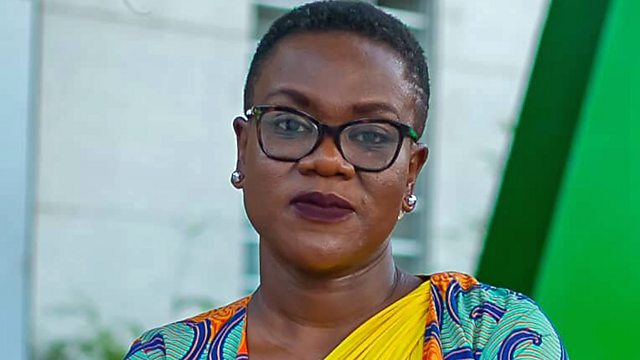If you are anything like me, then you must be curious about many random things that seem to pass, unnoticed. When I was younger, my friends would say to me, “why do such mundane things catch your fancy?” I used to follow ant trails and wonder how it is that they can all stay in one single file…? Well, it’s because they rely on a scent left by their leaders to guide them from their colony to a specific source of food. The trail is made of natural chemicals the ants deposit along their route – like a trail of breadcrumbs. I bet you didn’t know that! Oh, you did?! So that makes two of us, then!
Eid Mubarak (2021)
I come from a large family with diverse backgrounds, and even though we are predominantly Christian by way of religion, many of my aunts, uncles and cousins are Muslims. I used to look forward to their holidays with so much glee because, to be honest, I loved the feasts that came with it. And not to talk about the very high fashion that came with it, especially among the women. I would later learn from my cousins that there was a point to the celebrations.
Last week’s holiday was Eid al-Fitr a festival that marks the end of Ramadan, and Muslims around the world (over 1billion of them!) will observe it. So, what is this festival about? Here are a few pointers I found and thought to share with you:
- It’s held to celebrate the end of fasting.
During the month of Ramadan, Muslims fast from sun up to sundown, honouring the month that the Quran (equivalent of the Bible) was revealed to the Prophet Mohammed. Eid al-Fitr celebrates the end of at least 30 days of fasting. The prolonged fasting isn’t just about food—it also includes abstaining from taking medications, drinking any liquids (including water), and other indulgences.
- The name of the holiday is a literal translation
“Eid al-Fitr” is a pretty literal translation of the event that’s being celebrated: “Festival of the Breaking of the Fast,” or “the Feast of Fast-Breaking.”
- Eid al-Fitr begins when the new moon is first sighted.
Eid al-Fitr doesn’t begin until the new moon appears in the sky (although traditionally, and still today for many Muslims, it doesn’t begin until the barest sliver of a waxing crescent moon is seen). Technically, that means that across the world, Eid al-Fitr starts at different times and even different days, depending on location. To make it more uniform, some Muslims celebrate Eid when the new moon appears over Mecca instead of their own locations.
- Eid al-Fitr typically lasts for three days
The festival traditionally lasts for three days, but depending on how it falls on the calendar, the parties and festivities could last much longer. For example, if the three days fall mid-week (like it has in Ghana), Muslims will likely still be celebrating over the weekend.
5. On Eid morning, Muslims don new clothes
Before leaving to perform morning prayers, Muslims wake up to cleanse their bodies in a ritual called “ghusl.” Then, similar to getting new clothes for Christmas Day, Muslims often don something new or grab their finest threads and decorate their hands with elaborate henna patterns. Some people wear traditional dress, while others opt for contemporary clothing.
6. Eid greetings
“Eid Mubarak,” which means “Have a blessed Eid!,” is pretty common.
7. Then there are prayers
After getting dressed and ready for the day, Muslims gather for prayers in mosques or outdoor locations. Afterward, they may visit the graves of loved ones to pray and clean the gravesites.
8. There are gifts involved
After a month of sacrifice, Eid al-Fitr is a time of abundance—and not just the food. Gifts are often given, especially to children, including money, accessories, home goods, or flower are called “Eidi.”
9. It’s also known as “the lesser Eid.”
Eid al-Fitr is one of two important Eid celebrations in the Muslim faith. The other is Eid al-Adha, the Feast of the Sacrifice or “Greater Eid.” Eid al-Adha celebrates the sacrifice Ibrahim (Abraham) was willing to make to Allah. Like Eid al-Fitr, Eid al-Adha is held at a different time on the Gregorian calendar every year.
Fascinating, won’t you say? So, next year, we shall go a-wishing our Muslim friends and relations, “Eid Mubarak” whilst feasting and merrymaking with them.
*parts of information culled from mental floss










